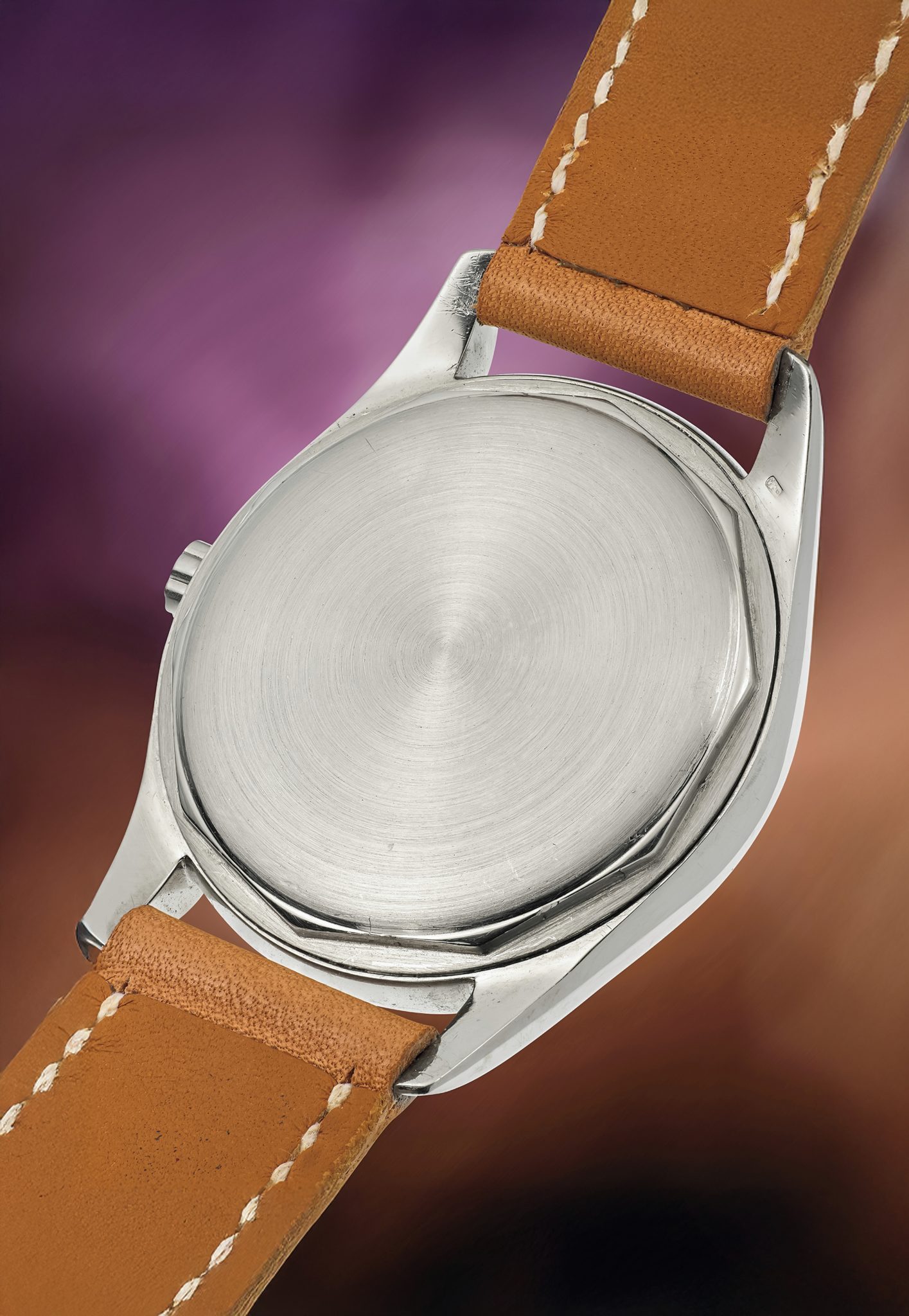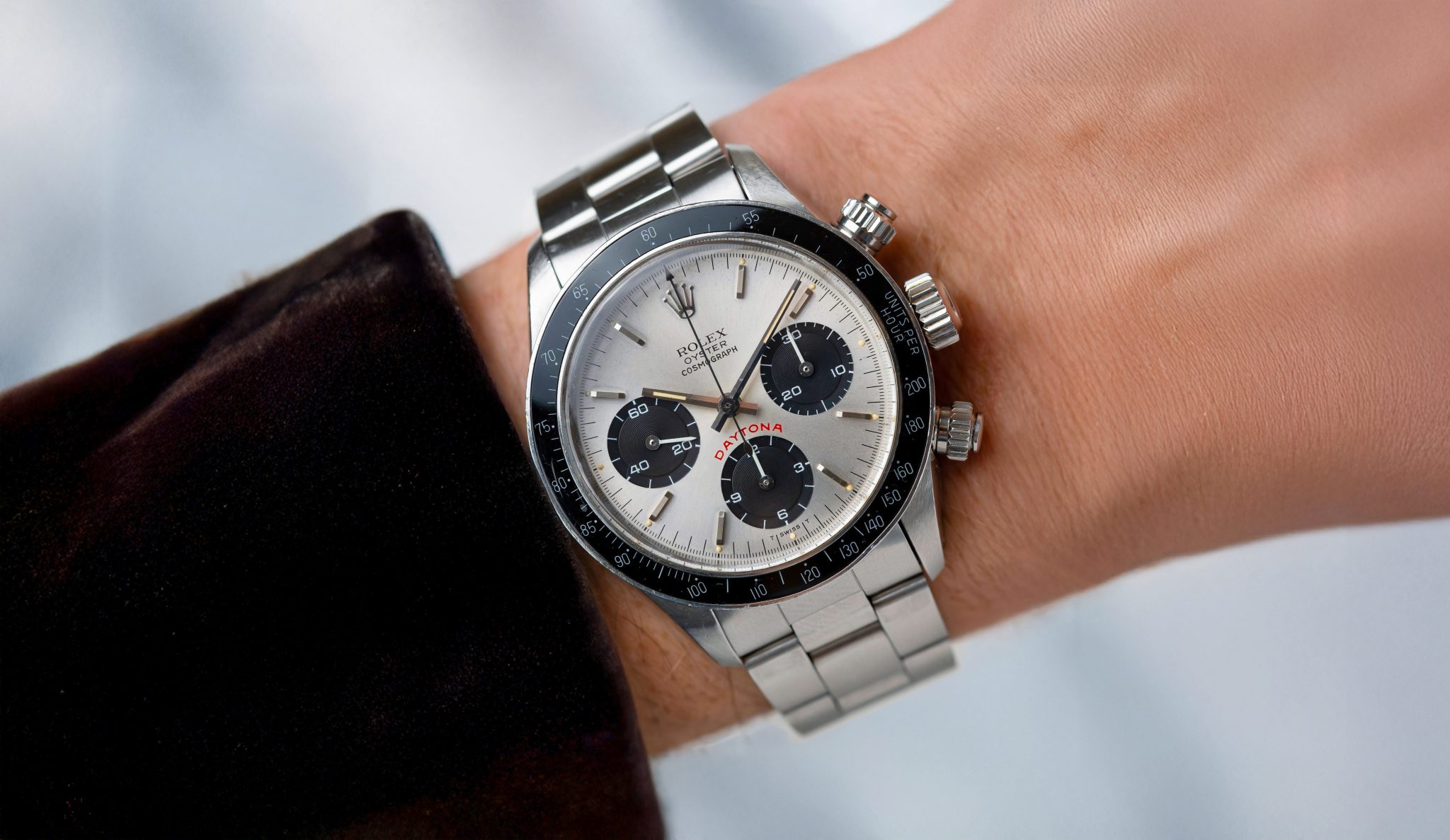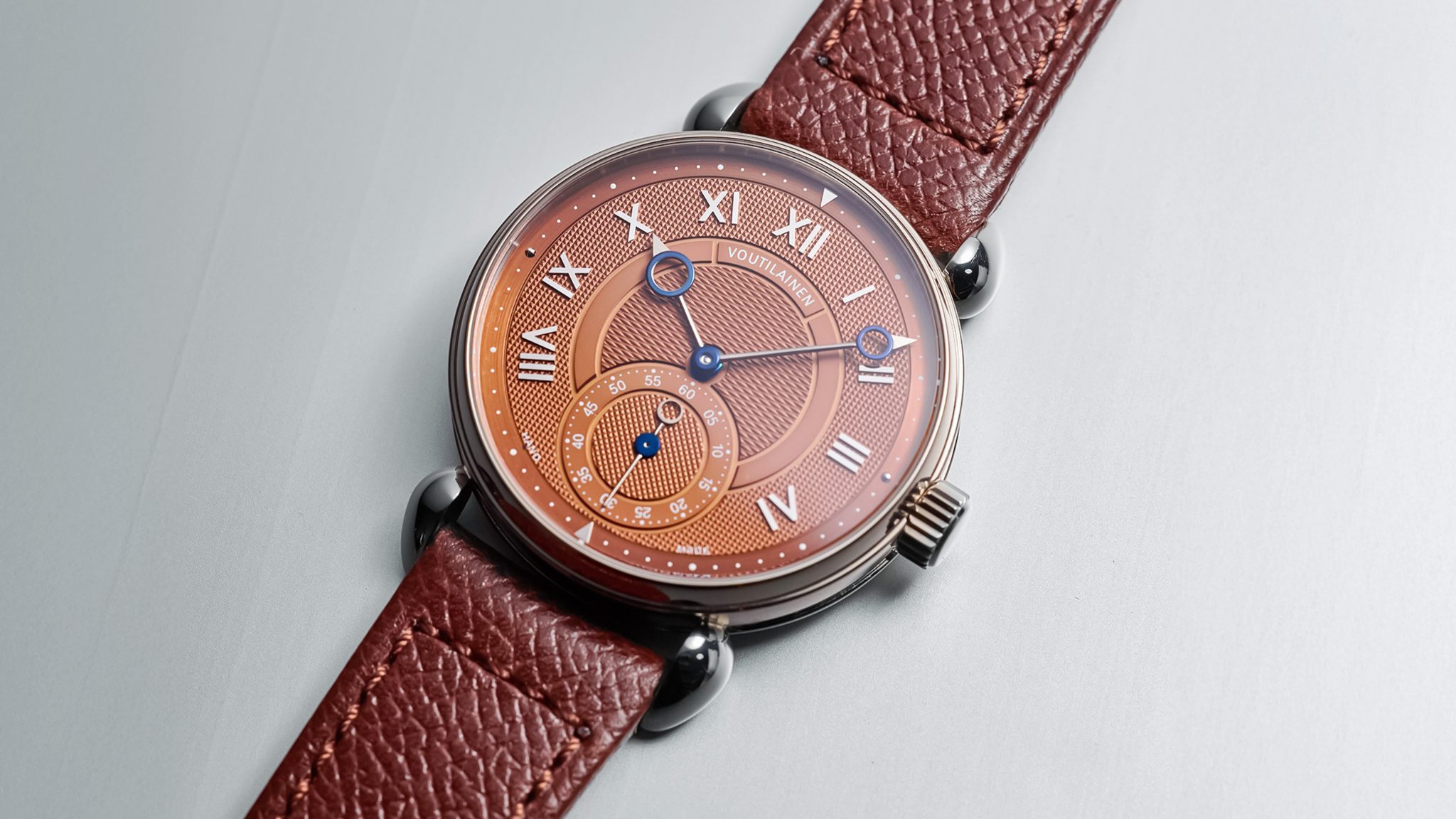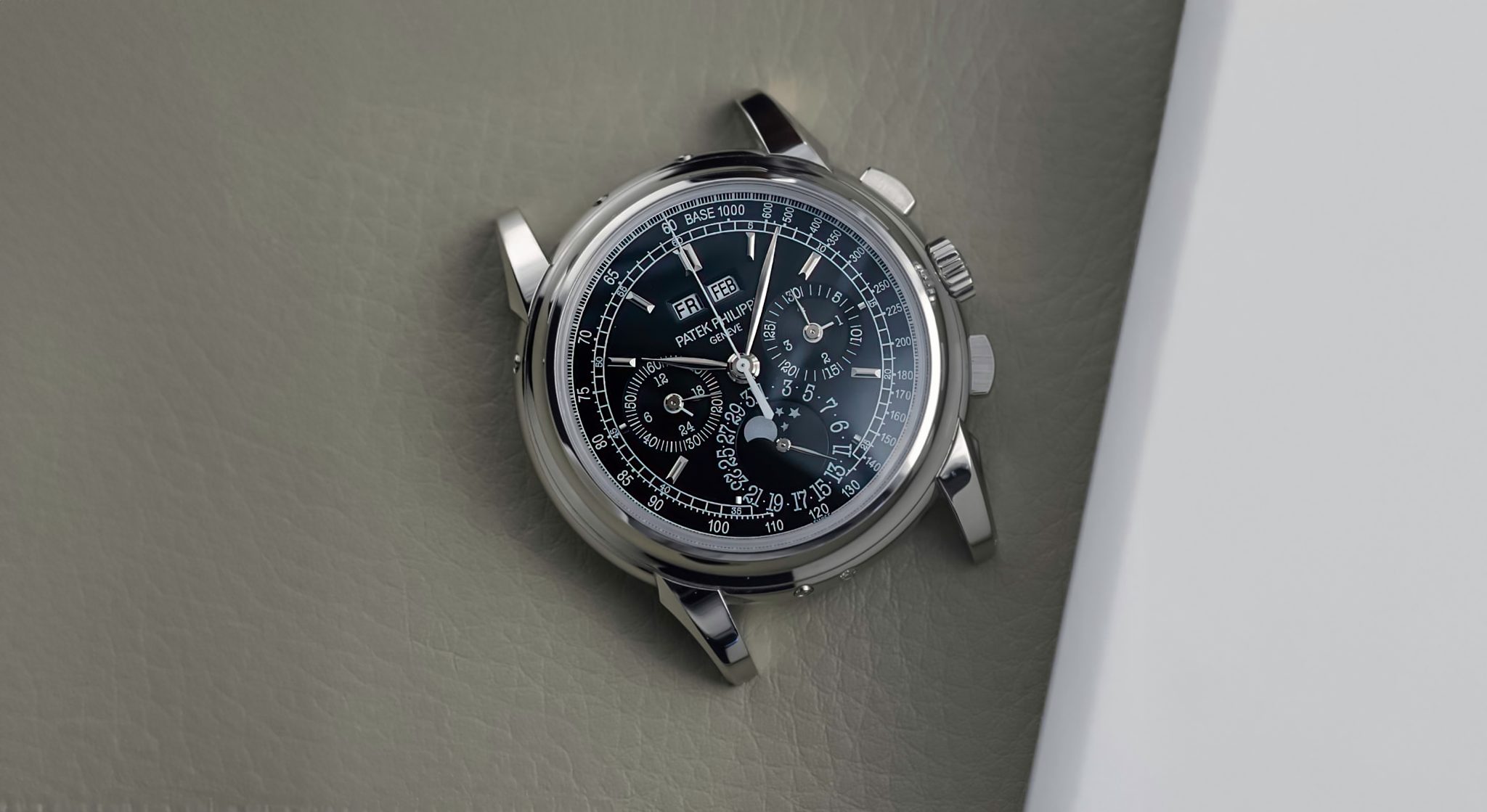
2526 Patek Philippe Calatrava, White Gold
The first time I handled a 2526, its owner said to me simultaneously, ‘it’s just a lovely, lovely watch and nothing superfluous.’ He was right. It is a gorgeous grand feu enamel dial with three hands and one of the most advanced, refined automatic calibres of the last century. Enamel dials, grand feu or cloisonné, are a dying art. There are only a handful of manufactures who still craft them. However, this is quite unlike almost any other 2526 you’ll find. It’s in white gold. While the 2526 was made in yellow, pink, and white gold plus platinum, there are but 20 or so known in white gold (23 according to Reardon).
Interestingly, there are 24 examples known in platinum, which makes this one rarer, which is a bit meaningless. White metal is certainly far less seen than yellow or pink gold. Interestingly, many platinum and white gold 2526 were born with diamond-set metal and not enamel dials. One can imagine, obtaining an Extract of Archive ahead of a sale becomes quite a lot more important in this corner, as many have been swapped around back to enamel as that’s very much now in vogue. The good news is, this one has an extract confirm that production with an enamel dial, which is the whole appeal of the 2526 for me. The 2526 dial is rumored to have been fired only twice at Stern Frères, with two pleasingly thick applications for maximal gloss. The fewer the fires and the thicker the layers, the greater failure rate. For modern firing, 1 in every 6 or so is successful. For something like this, it was about 1 in 10. Additionally, only on this reference, the dial’s base was made of silver. Most enamel dials you’ll find today have a copper base. Hence you get this deep cream, porcelain sheen. But they are also more fragile. For this precise reason, they’re tricky to hunt.


This is all not even to mention that the 2526 was Patek’s first self-wound watch with the calibre 12-600 AT. In 1953, the retail price on bracelet was 3400 CHF, just 400 CHF less than a 2499 (yellow gold both). That should tell you something about the quality here. Fun fact, also: the 2526 very likely has the very first decorated rotor in history. It is estimated that only 500-600 examples were ever made between 1953 and 1960, so white metals account for under 10% of production. The 2526 has been proven to have a timeless appeal, but the subtlety of white gold just adds to that charm in a big way. Oh, and this one coming up to auction was Ben Clymer’s as well. You’ll see it on Hodinkee articles from years back if you look hard enough.
This example appears lovely. The dial importantly, has no hairlines anywhere. That matters most of all. I’d pick it up instead of ship it, by the way. The case has seen a light polish, but the lug back hallmark is still very much present, which is sort of the line these on acceptable case condition, for most. It is coming up to the NY auction next month.








